The ranch, founded in 1867, reached about 12,000 acres by the mid-1890s, raising cattle and sheep and growing wheat
One of the earliest cattle enterprises in the Okanagan region of British Columbia, the O’Keefe Ranch, was founded in 1867 by Cornelius O’Keefe and his partner, Thomas Greenhow, at the north end of Okanagan Lake just north of Vernon. O’Keefe was born in 1838, the seventh child of Michael and Ester O’Keefe who operated a […] Read moreStories by Duane McCartney

Planting aspen trees may reduce forest fire risk
FireSmart program intended to help landowners increase property’s resilience to wildfire and minimize negative impacts
For years, rangeland and forest managers have tried to eliminate aspen regrowth and encroachment on grazing lands or managed conifer forests with mixed success. But with all the wildfire outbreaks across Canada this year, the humble aspen tree could play a role in reducing the intensity of future wildfires in grazing and forested areas. As […] Read more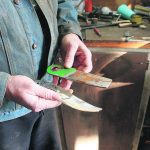
Unique hobby keeps retiree sharp
Former U of A range management specialist turns native wood and steel from farm machinery into custom bush knives
On an acreage southeast of Edmonton, Barry Irving builds custom bush knives with unique handles and all are made from native wood he has collected from around North America. During his career as a range management specialist at the University of Alberta, Irving, now retired, was the former manager of the University of Alberta’s Rob […] Read more
Prairie theme helps museum attract visitors to Alta. town
Some residents learned taxidermy, others made costumes and the World Famous Gopher Hole Museum came into being
It began 27 years ago when the town of Torrington, Alta., appeared to be dying. The small community, like many other rural communities in Alberta, had lost its four elevators and railway, its school and several businesses. The future looked grim. Several unsuccessful town hall meetings were held to try and figure out what to […] Read more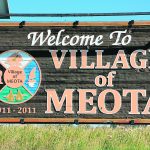
Village hoped to become Coney Island of Sask.
Agriculture played a major role in the community, but its location on Jackfish Lake also kept villagers’ eyes on the water
The village of Meota, Sask., is situated on the southern shores of Jackfish Lake about 43 kilometres northwest of North Battleford. The community derived its name from the Cree words Meotate or Mo-Was-In-Ota, meaning “good place to camp” or “it is good here.” One of the earliest European visitors to the Meota region was Dr. […] Read more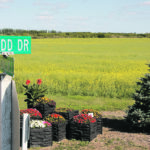
Prairies’ first Black doctor left lasting legacy
Dr. Alfred Shadd also farmed, started an elevator company and became the Melfort Agricultural Society’s first president
Farmer, medical doctor, teacher, community leader, and African-Canadian — Dr. Alfred Schmitz Shadd left his mark in the Kinistino-Melfort area of Sask-atchewan in the early 1900s. He was born in 1870 at Chatham, Ont., into a distinguished family know for its abolitionist and equal-rights stances. At a young age, Shadd was determined to study medicine […] Read more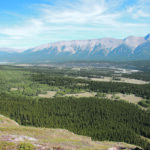
Kootenay Plains crucial part of Alberta history
The region is one of the largest unspoiled montane eco regions left in the province and the driest area in the Rockies
The Kootenay Plains of central Alberta stretching between two mountain ridges about a two hour’s drive west of Rocky Mountain House is one of the largest unspoiled montane eco regions left in Alberta. These plains, situated on the banks of the upper North Saskatchewan River, are the warmest and driest areas in the Rocky Mountains. […] Read more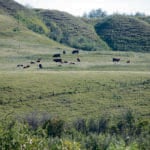
Mining for coal in Alberta has a storied past
Farmers first began digging coal in the early years of the 19th century, and the Diplomat Mine was eventually developed
In central Alberta, near the banks of the Battle River, sit the remains of the Diplomat coal mine. The site was originally the homestead of Austing Bish and his four sons, who arrived in the Forestburg area from Oregon in 1905. The family farmed their homesteads and began to exploit the coal deposits in the […] Read more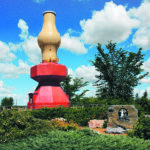
Alta. community boasts world’s largest lamp
The village received 500 coal-oil lamps from a private collection decades ago, and the rest, as they say, is history
DONALADA, Alta. — People interested in old oil lamps might want to put Donalda, Alta., on their list of places to visit. Situated on the banks of Meeting Creek and the Donalda Badlands east of Ponoka in central Alberta, the community owns more than 1,100 antique lamps. The flagship of the collection is the 42-foot-tall […] Read more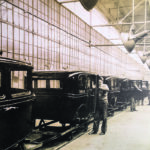
Remembering Sask. capital’s Motor City past
A visit to the Canadian Automotive Museum in Oshawa, Ont., reveals a little-known chapter in Canada’s car history
The world’s most significant collection of Canadian built cars is housed in a 1920s former car dealership building in Oshawa, Ont. The Canadian Automotive Museum, which first opened in 1963, emphasizes cars built in various places in Canada. The first car to be designed and constructed in Canada was the Henry Seth Taylor Steam Buggy. […] Read more



